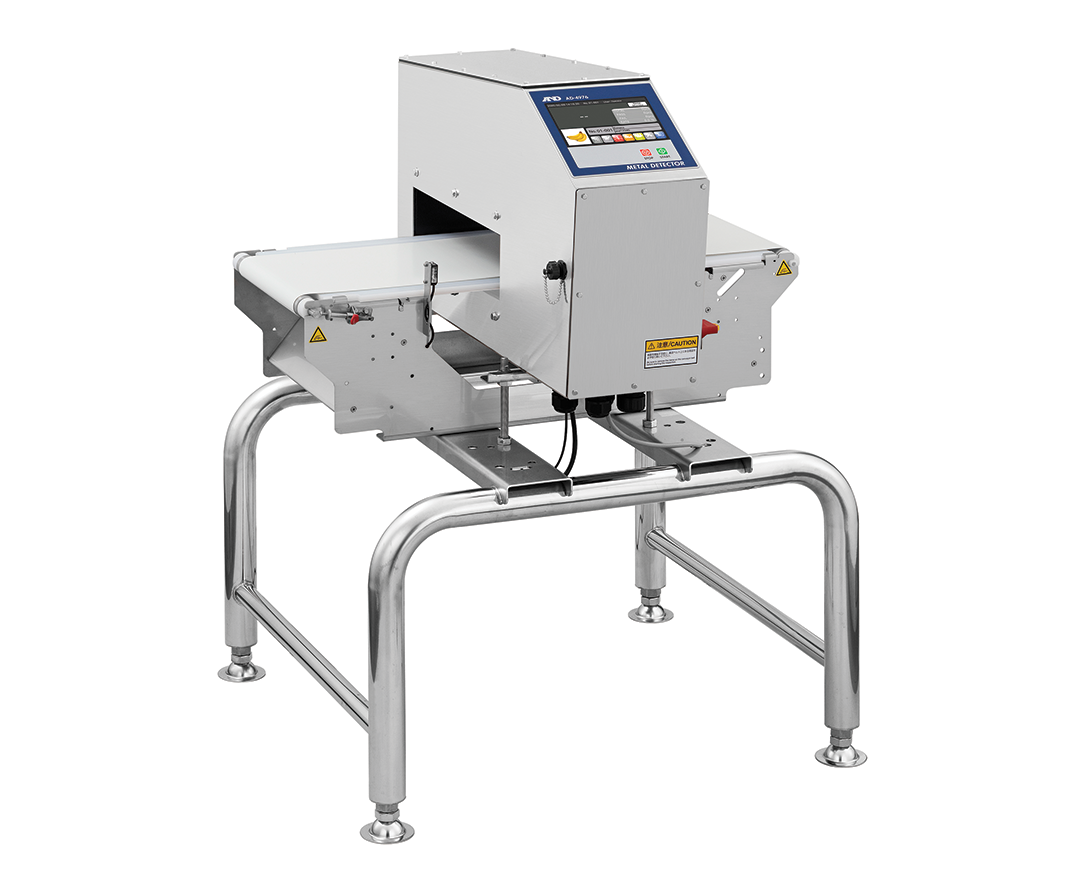In the world of food processing and manufacturing, ensuring the safety and quality of products is important. One crucial aspect of this assurance is metal detection. Metal detection plays a significant role in the food industry by helping to prevent contamination, uphold product quality, comply with regulations, and maintain consumer trust.
Preventing Contamination:
Metal contamination in food products can have severe consequences, including injury to consumers, damage to brand reputation, and legal repercussions. Metal detectors for food packaging are designed to detect metal contaminants such as ferrous, non-ferrous, and stainless-steel particles that may have entered the food during processing or packaging. By identifying and removing these contaminants before the product reaches the consumer, metal detection helps prevent contamination-related incidents and ensures food safety.
Upholding Product Quality:
Metal detectors not only detect harmful contaminants but also contribute to maintaining product quality. Even small metal fragments can affect the taste, texture, and overall quality of food products. By eliminating metal contaminants, manufacturers can uphold the integrity and consistency of their products, leading to greater consumer satisfaction and loyalty.
Compliance with Regulations:
Food safety regulations, such as those outlined by organizations like the Food and Drug Administration (FDA) and the European Food Safety Authority (EFSA), mandate the use of metal detection equipment in food processing facilities. Compliance with these regulations is not only a legal requirement but also a moral obligation to protect consumer health. Metal detectors help food companies meet these standards and demonstrate their commitment to safety and quality.
Maintaining Consumer Trust:
In an age where consumers are increasingly conscious of what they eat, transparency and trust are crucial for food companies. Implementing robust metal detection systems and practices assures consumers that the products they purchase are free from harmful contaminants. This transparency builds trust and enhances brand reputation, leading to repeat business and positive word-of-mouth recommendations.
Technologies and Challenges:
Metal detection technology has advanced significantly in recent years, with innovations such as multi-frequency detectors, digital signal processing, and sophisticated algorithms for sensitivity and accuracy. However, challenges such as product effect (the interference caused by product characteristics), environmental factors, and the need for regular calibration and maintenance remain. Overcoming these challenges requires continuous investment in technology, training, and quality control measures.
Best Practices for Metal Detection:
To maximize the effectiveness of metal detection in food processing, companies should adhere to best practices such as:
· Conducting regular risk assessments to identify potential metal contamination sources.
· Implementing HACCP (Hazard Analysis and Critical Control Points) plans that include metal detection as a critical control point.
· Training staff on proper metal detection equipment operation, maintenance, and troubleshooting.
· Calibrating and validating metal detectors regularly to ensure optimal performance.
· Monitoring and documenting metal detection results as part of quality assurance processes.
· Collaborating with suppliers and industry experts to stay updated on emerging technologies and best practices.
Final Words
Metal detection is indispensable in the food industry for safeguarding consumer health, maintaining product quality, complying with regulations, and building trust. By understanding the importance of metal detection, investing in advanced technologies, and following best practices, food companies can mitigate risks, enhance their reputation, and contribute to a safer and more reliable food supply chain.





Comments